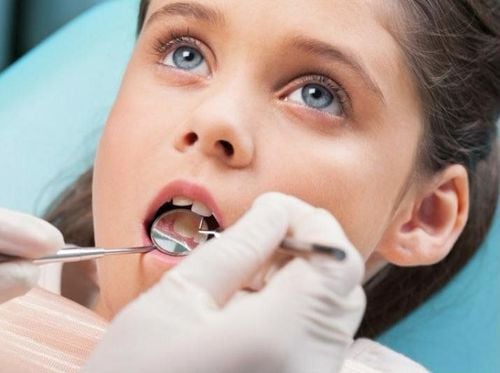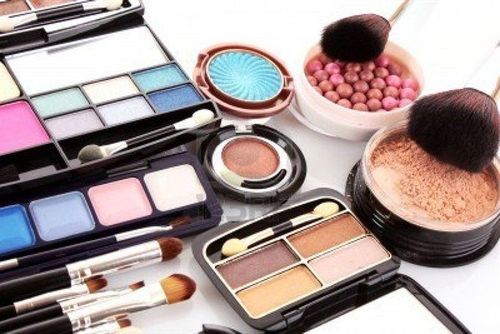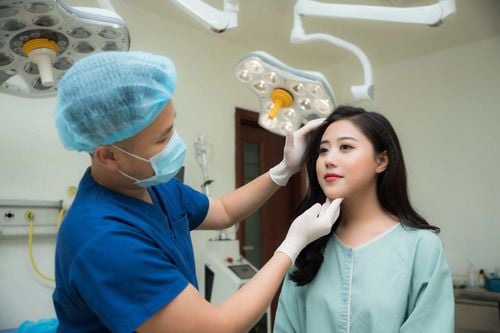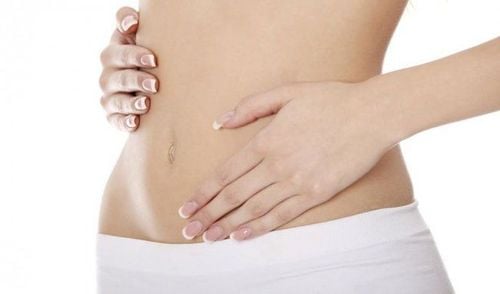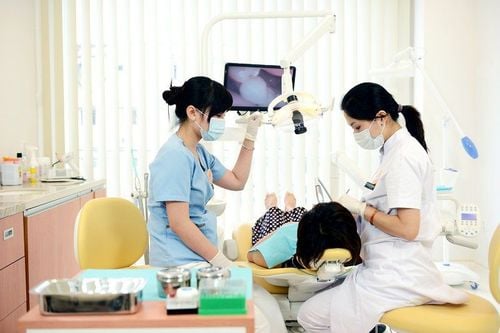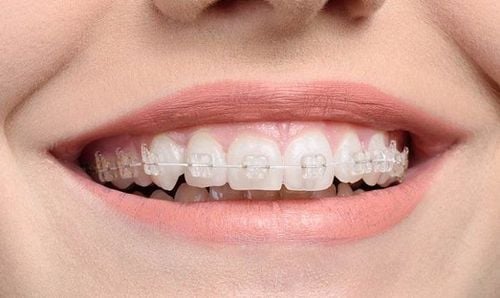This is an automatically translated article.
The presence of lead in cosmetics is a concern when cosmetics are used daily as a necessary part of life. Lead is an element that occurs naturally in the earth. Lead can be found in food and drinking water. FDA is making many efforts to limit lead content in cosmetics; Since then, the FDA has regulated the allowable amount of lead in cosmetics as well as in all FDA-regulated products in general.
1. How can lead exposure occur?
Since lead exposure can happen at any time in any person's work or life, it is important to understand how lead exposure can occur. This way, each person can take steps to reduce their potential exposure to lead.
Everyone can be exposed to lead fumes or lead dust. Lead fumes are produced during metal processing, when the metal is being heated or soldered. Lead dust is created when metal is being cut or when lead paint is sanded or removed with a heat gun. Lead smoke and lead dust are odorless so people are completely unaware they are being exposed.
In addition, people can also be exposed to lead dust. Lead dust can settle on food, water, clothing, and other objects. If you eat, drink, or smoke in areas where lead is handled or stored, lead dust can be ingested. Not being in the habit of washing hands before eating or touching their mouth are also ways a person can ingest lead. Although not always, if ingested lead can leave a metallic taste in the mouth.
Some studies have found that lead can also be absorbed through the skin. If you handle a lead and then touch your eyes, nose, or mouth, lead exposure is possible. Lead dust can also get on clothes and hair. Indoor environments can also have some lead dust. This lead dust can also expose the whole family.
2. FDA Initial Survey on Lead in Lipstick
In October 2007, the Campaign for Safe Cosmetics (CSC) reported the results of lead analysis in lipstick brands. Shortly after the release of the CSC report, the FDA's Center for Food Safety and Applied Nutrition (CFSAN) began collecting commercial samples of lipstick brands reported to be commercially available in the United States. period to independently evaluate the potential for lead contamination of lipstick products on the market.
FDA scientists have developed a total dissolution method for the determination of lead content in lipsticks by microwave-assisted hydrofluoric acid/nitric acid decomposition and inductively coupled plasma mass spectrometry. response (ICP-MS). Since then, FDA scientists have detected lead levels in all the lipstick samples analyzed. Lead content results in cosmetics ranged from 0.09 ppm to 3.06 ppm. The estimated detection limit is 0.04 ppm. The average concentration found in lipstick is 1.07 ppm.
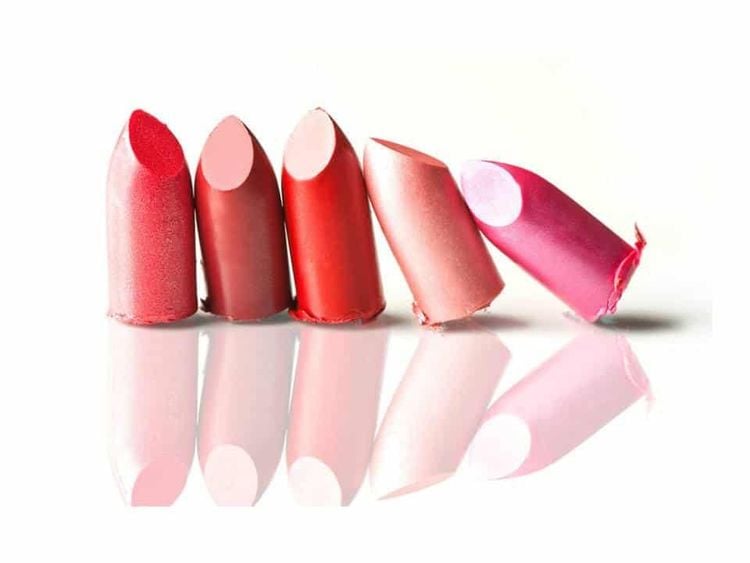
Nồng độ chì trung bình trong son môi là 1,07ppm
3. FDA survey on lead content in skin cosmetics
FDA scientists have conducted more surveys on other types of cosmetic products, such as eyeshadows, blushes, face and body lotions, mascaras, foundations, powders, creams. shaving and face powder. Products are selected by market share, focusing on products thought to be potentially high in lead due to their high solid fillers (such as clay or talcum powder) and pigment content (such as eyeshadow and blush).
Lead content results in topical cosmetics were obtained by the total dissolution method and ranged from the detection limit of 0.0084 ppm to the peak lead value of 14 ppm for eyeshadows and blushers , average 4.2 ppm for eyeshadow, 3.9 ppm for blusher, 0.010 ppm for mid-priced and low-priced lotion, 0.019 ppm for high-priced lotion, 0.13 ppm for mascara, 0.64 ppm for foundation, 0.48 ppm for body powder, 4.6 ppm for compact powder, lead-free in shaving cream and 1.0 ppm for face powder. The results are relatively high and are a warning figure for lead exposure from cosmetic use.
4. What is the FDA's maximum allowable lead content in cosmetics?
From the results of these surveys, FDA scientists have highlighted that cosmetics are considered likely to contain high levels of lead when they have high levels of fillers and pigments (e.g., eyeshadow, blush and pressed powder). In contrast, lotions and shaving creams contain very low levels of lead, as would be expected from their formulations.
Based on these results, FDA scientists have recommended a maximum cosmetic lead level of 10 ppm as an impurity in cosmetic lip products (such as lipsticks, lipsticks, and lip balms). lip glosses and primers) and topical cosmetics (such as eyeshadow, blush, shampoo, and body lotion) marketed in the United States.
The low levels of lead in cosmetics found in the products surveyed indicate that the manufacturers of those products likely sourced the right ingredients and applied manufacturing processes. produced well in the production of their products. In addition, based on exposure estimates, the FDA accepts lead levels in cosmetics not exceeding the maximum 10 ppm as an impurity as not posing a health hazard.
In summary, the FDA recommends a maximum of 10 ppm for lead as an impurity in lip cosmetic products as well as general topical cosmetics. At the same time, surveys have shown that cosmetic manufacturers are able to limit the maximum lead content in cosmetics to 10 ppm or less by improving the quality of the input materials. as well as the production process. When this happens, everyone's beauty needs will be met in a safer way, reducing the risk of lead exposure and long-term toxicity.
Please dial HOTLINE for more information or register for an appointment HERE. Download MyVinmec app to make appointments faster and to manage your bookings easily.
References: cdc.gov, fda.gov




